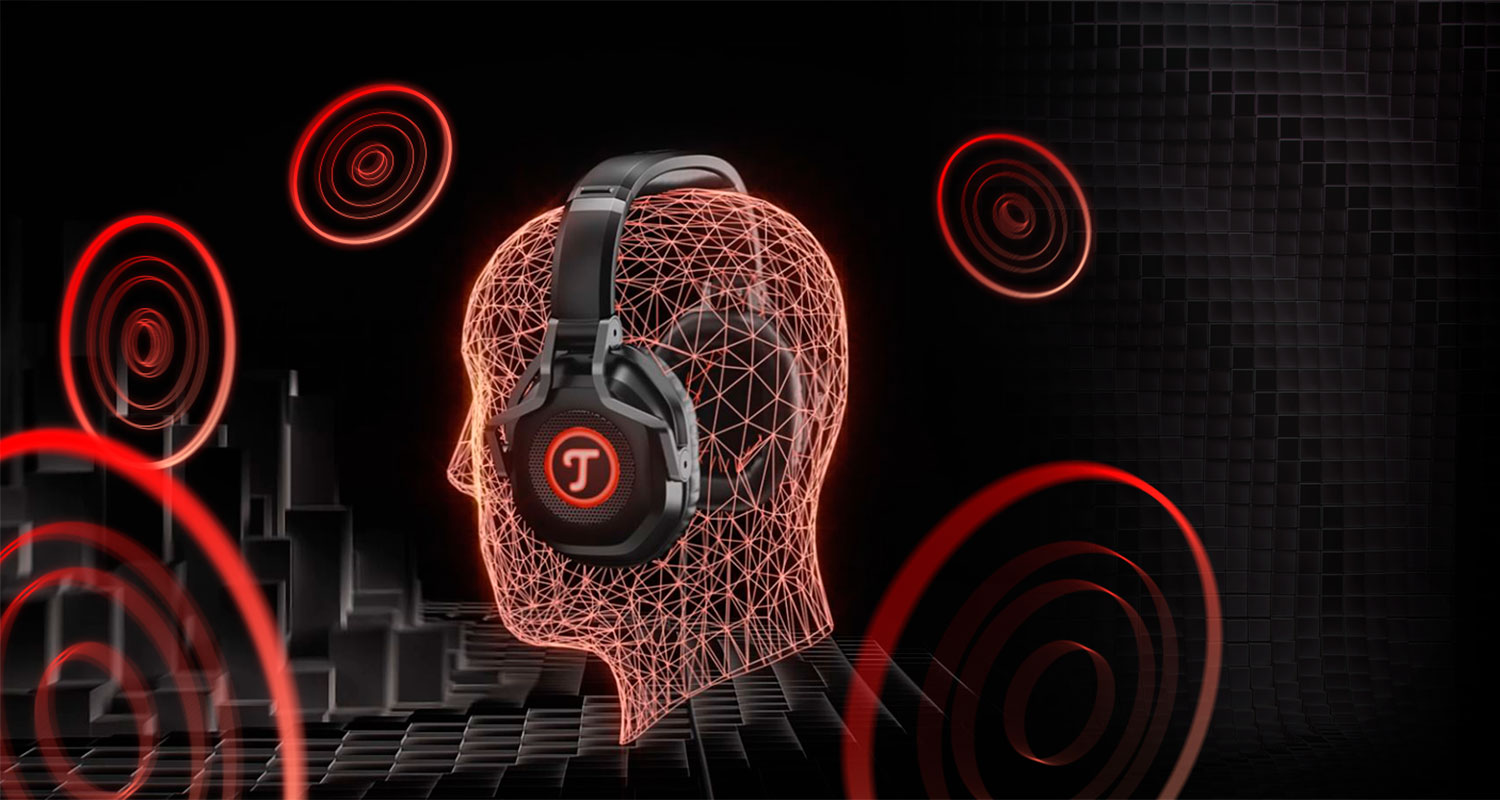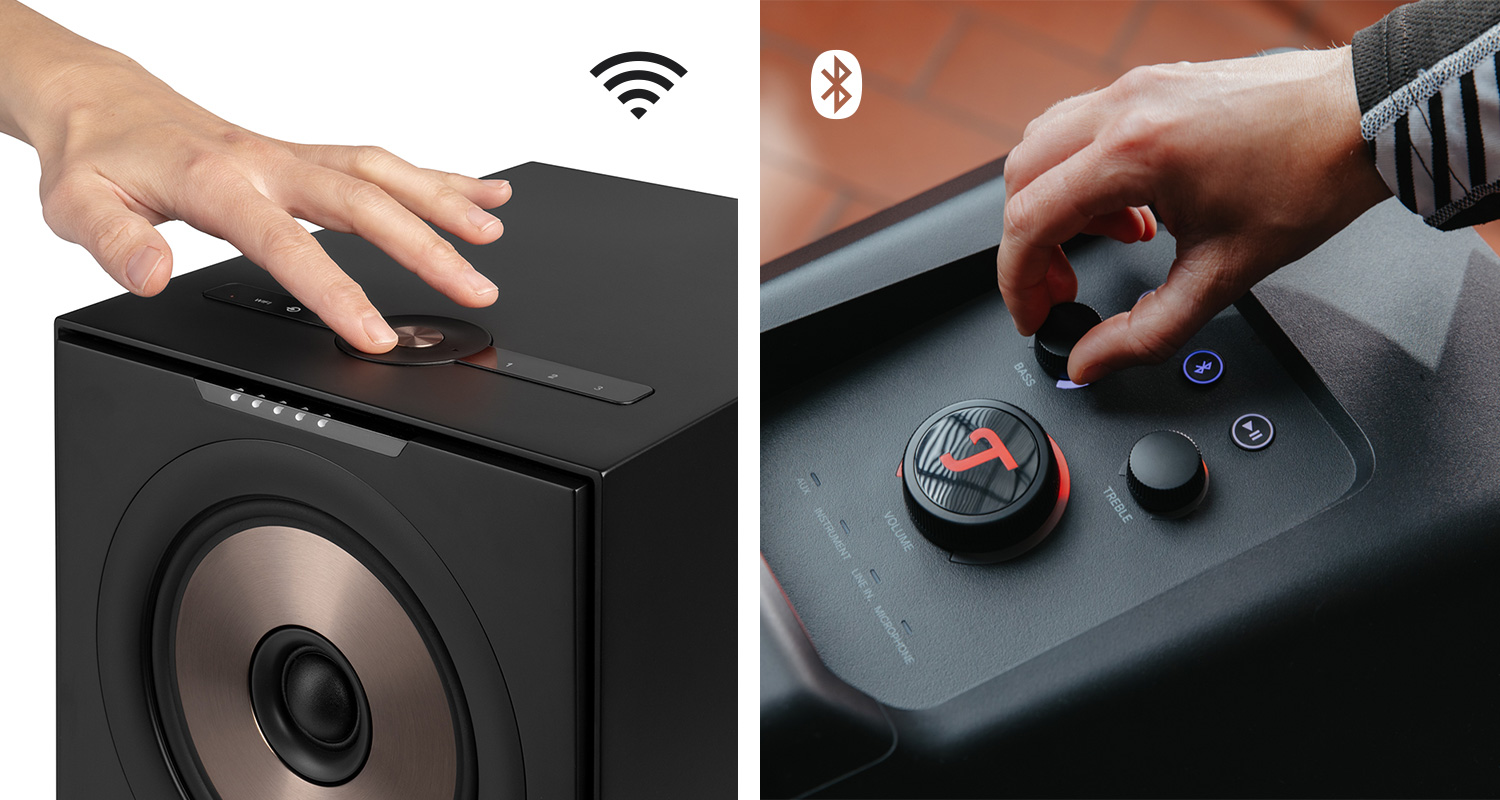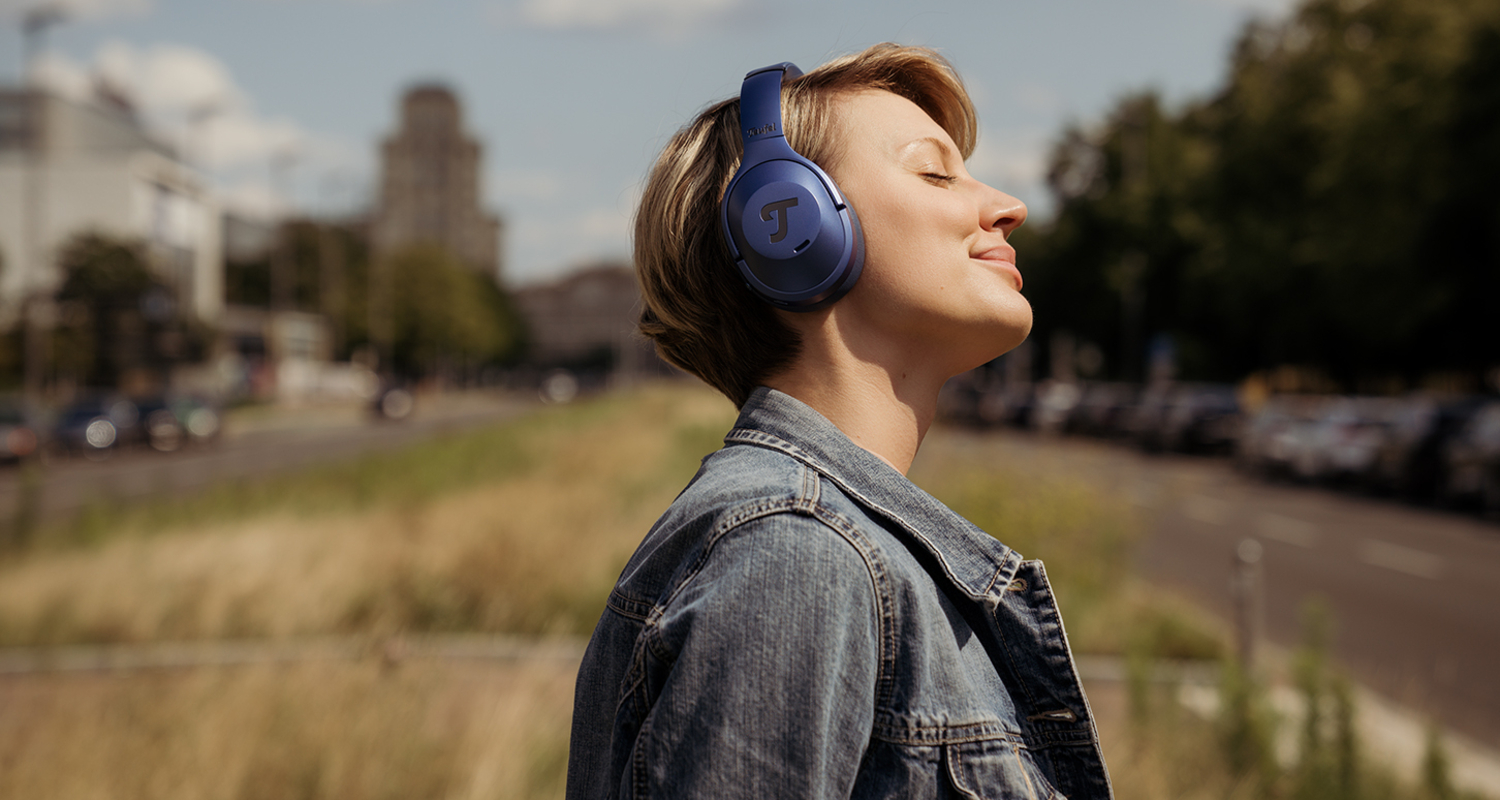8D audio – it’s so new there isn’t even a Wikipedia page about it, but it’s already dividing music lovers. We listened to this new audio sensation to determine if it is the new frontier of the audio world or just another craze bound to fade. Read on as we take you through the latest developments in the audio world.
What 8D audio sounds like
In laymen’s terms 8D audio is constantly on the move from one ear to the next, never stopping, always circling around the listener. One comment online described it as “it sounds like someone is running around you in circles with an MP3 player as the music plays”, which seems to be pretty accurate. The first thing that will become apparent when you listen to the music is that the name is just a play on words. It has nothing to do with the eight dimension, that would include time travelling and universe hopping like that seen in Interstellar, but instead it’s just a nice marketing trick to unseat and surprise us.

8D audio is similar to that realistic door knock that caused many a streamer to believe they were expecting guests, as well as the virtual barber shop, which uses holophonic sound to transport the listener to the barber shop. It’s about creating audio that has the extra realistic element by playing around with the sound location. Many listeners of 8D audio claim it to be a concert-like experience.
Background
Little is known about the exact origins of 8D audio and sadly its humble beginnings are hard to track. However, one creator with the YouTube channel 8D Tunes made the style mainstream. He said for him it all started with the song Faded from Alan Walker. He loved the way the music seemed to swirl around. Together with his audiophile friend they sat down together to see how they could recreate this dreamy effect. Once they had played around with audio they stumbled upon their own style of mixing. He then uploaded his first song Jumpsuit by Twenty One Pilots in the 8D format.
He quickly gained millions of subscribers and hundreds of millions of views for his 8D Tracks. His most popular track to date is Believer by Imagine Dragons with over 36 million views. He always warns users to use headphones when listening to his music.
Reaction
Like anything new it caused a divide on the web. Many saying it was the next best thing in audio, whilst others claiming the affect was lame and over hyped. It was a major hit with some Queen fans, claiming it brought the Queen original lead vocalist Freddie Mercury back to life as his vocals whirled around their heads.
Many audiophiles though, say that this effect has been around for years, but is now just being repacked and resold under a new name. It’s requires no talent, just meandering sound that is created by messing around with the L – R pan.
Headphones from Teufel for immersive sound
[product id=”27512,27671,27455″]
How 8D audio is created
The effect is created by adding a special reverb and mixing to give the effect that the music is constantly circling around the listener. In the last year, more and more creators are coming forward with their own 8D audio styles. There is not one single developed method of creating 8D audio, and as a result there are different types, but the difference can’t be heard easily.
The popular creator of 8D audio, 8D Tunes keeps his exact method to himself in order to maintain his competitive edge. But has said that it’s more than just panning the music from the left to right.
YouTuber and audio expert Dylan Tallcheif, made a video going into detail about how this 8D audio effect is created. He also explained that it’s not revolutionary idea, as it apparently is similar to that ambisonic audio used for virtual headsets.
If you’re looking for exact information about the technical details about 8D and keen to try making your own watch Dylan’s video:
Surround sound vs 8D audio
Surround sound is a beloved audio experience that really did change the audio world as we know it. But how does it differ from the emerging 8D? Surround sound doesn’t constantly circulate, but instead uses its range of speakers to create a realistic sound environment. It works by splitting audio signals so that the sound information can be played by separated speakers. There are different surround sound setups that achieve different sound environments. 8D doesn’t split the sound but rather gradually moves it around all together from one side to the other.
How to experience 8D audio
Before you dis it you have to try it right? Well in order to experience audio properly there are a few steps that need to be taken. Today we often listen to music passively as we get on with what we need to do, however with 8D you need to really focus on the music. The 8D audio can only be heard using headphones – preferably with noise cancelling. When 8D is played aloud the circulating affect is lost.
We recommended that you sit yourself in a relax spot, if possible close your eyes. This is pretty demanding for music, but its only then that you can focus on the effect of the music. Once you’ve selected the track you want to listen to (best found on YouTube), let the journey commence. Here’s a track that we thought was pretty cool:
Conclusion
It’s hard to place 8D in the audio world. Unlike HD TV or similar tech highlights its benefits can’t be clearly judge, but instead leave place for interpretation, which can always be dangerous. It fits more into the category of ASMR, a personal sort of enjoyment. It’s definitely an experience, but if it redefines the industry as we know it or gradually fades away is hard to say. One fact is clear, 8D audio is no great improvement for audio technology or how we hear sound. It is simply a new technique and editing method that creates an interesting sound environment for listeners.
Sources
Image #1 from Greg Rakozy on Unsplash






